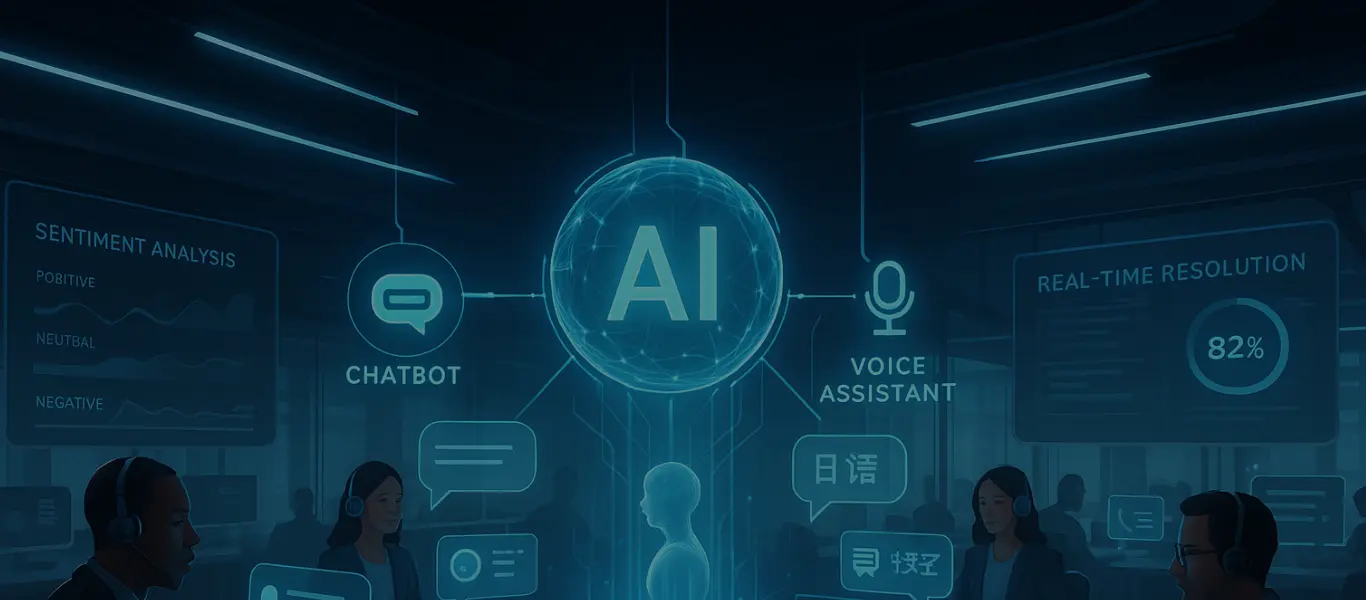The recent Southwest Airlines meltdown (#1) and the massive data breach at Target (#2) serve as cautionary tales highlighting the detrimental effects of technical debt in the retail industry. In this blog, we will explore the concept of technical debt, its implications for retailers, and strategies to effectively manage and mitigate it. By understanding the causes and types of technical debt, retailers can make informed decisions to balance short-term gains with long-term sustainability and remain competitive in a rapidly evolving landscape.
What is Technical Debt?
According to Gartner, Technology debt is the outstanding amount of money an organization must spend on digital technology cost obligations to continue doing business (#3). In other words, it refers to the long-term consequences of taking shortcuts or making compromises in the development of software or IT systems.
Tech debt in the retail industry refers to the costs and consequences (#4) that arise when retailers make short-term decisions or trade-offs in their technology development that lead to longer-term problems.
Types of Technical Debt
Technical debt can manifest in various ways, including outdated systems or infrastructure, poor code quality, insufficient documentation or testing, and inefficient processes or workflows. We will explore different types of technical debt such as design debt, code debt, testing debt, documentation debt, infrastructure debt, process debt, and integration debt, along with their specific implications.
Let SkillNet help manage your Technical Debt.
- Design debt: arises from suboptimal design decisions or architectural choices. For example, a retailer may have chosen a particular technology or framework that is now outdated or no longer aligned with their needs.
- Code debt: it is the outcome of poorly written or maintained code. This can lead to difficulties in debugging, testing, and maintaining the system, as well as an increased risk of errors or defects.
- Testing debt: it is caused by insufficient or ineffective testing. For example, a retailer may have skipped testing certain features or scenarios, leading to a higher risk of bugs and issues in the system.
- Documentation debt: as the name suggests, inadequate or incomplete documentation causes it. This can make it difficult for developers to understand and work with the system, leading to longer development cycles and an increased risk of errors.
- Infrastructure debt: outdated or insufficient infrastructure results in this debt. For example, a retailer may be using legacy hardware or software that is no longer supported, leading to an increased risk of system failures and security vulnerabilities.
- Process debt: it arises from suboptimal processes or workflows. For example, a retailer may have inefficient or outdated processes for managing inventory or fulfilling orders, leading to reduced efficiency and customer satisfaction.
- Integration debt: is due to the outcome of poor integration between systems. For example, a retailer may have multiple systems that do not communicate effectively with each other, leading to duplicated effort, inconsistent data, and errors in reporting.
By identifying and addressing different types of technology debt, retailers can improve system performance, reduce risk, and position themselves for greater success.
Causes of Retail Technology Debt
Understanding the causes of technical debt in retail is crucial for proactive debt management. These include factors like changing requirements, insufficient resources, legacy systems, poor documentation, tight deadlines, technical complexity, and lack of planning that contribute to the accumulation of technical debt in retail technology.
Technical Debt in Retail
Specific examples of technical debt commonly found in the retail industry include outdated point-of-sale (POS) systems, inadequate inventory management systems, poor system integration, cumbersome checkout processes, inefficient supply chain management, inflexible eCommerce platforms, and lack of mobile optimization as real-life instances of technical debt and their impact on retail operations.
- Outdated Point of Sale (POS) Systems: Legacy POS systems can accumulate tech debt over time due to a lack of support and maintenance. This can lead to system crashes, security vulnerabilities, and reduced efficiency.
- Inadequate Inventory Management Systems: Retailers often struggle with accurate inventory management due to outdated or disconnected systems. This can result in overstocking, understocking, and inaccurate sales forecasting.
- Poor Integration between Systems: Retailers may have multiple systems that are not properly integrated, leading to duplicate data entry, inconsistent data, and errors in reporting.
- Cumbersome Checkout Processes: Customers expect a seamless checkout experience, but outdated systems or processes can lead to slow and frustrating checkout processes. This can result in abandoned carts and lost sales.
- Inefficient Supply Chain Management: Outdated, and/or improperly integrated supply chain management systems, leading to delayed deliveries, increased costs, and reduced customer satisfaction.
- Inflexible eCommerce Platforms: As customer expectations evolve, retailers need to be able to adapt quickly to new demands. However, tech debt can make eCommerce platforms inflexible and difficult to update, limiting retailers’ ability to innovate.
- Lack of Mobile Optimization: With more and more customers using mobile devices to shop, retailers must prioritize mobile optimization. However, Lack of optimization leads to slow load times, poor user experience, and lost sales on mobile applications and as well as eCommerce websites.
Let SkillNet help manage your Technical Debt.
Addressing these areas can lead to improved efficiency, increased revenue, and better customer satisfaction.
Data breaches, operational inefficiencies, financial losses, and a loss of market share are just a few of the serious effects of not dealing with tech debt. To stay competitive and responsive to shifting consumer expectations, retailers must make investments in modernizing their IT infrastructure.
The Impact of Technical Debt
Technical debt can have far-reaching consequences for retailers. An example of technical debt and its impact in the retail industry is J.C. Penney. The department store chain, accumulated significant technical debt as it attempted to modernize its IT systems (#5). The company’s efforts were hampered by a lack of investment and coordination, resulting in incompatible systems and processes. The resulting technical debt made it difficult for the company to adapt to changing consumer trends, leading to decreased sales and revenue. All of this resulted in a loss of three-years and the end of the $300 million technology overhaul.
Technical debt results in increased maintenance costs, reduced efficiency and productivity, heightened risk of security vulnerabilities, limitations on innovation, higher opportunity costs, and reduced agility. By recognizing these impacts, retailers can prioritize debt management efforts to safeguard their business operations.
Ultimately, the impact of technical debt will depend on the specific systems and processes affected, as well as the overall business strategy and goals of the retailer. However, addressing tech debt can help mitigate these potential impacts and position retailers for greater success.
Is Technical Debt Always Bad?
While technical debt is generally seen as negative, it’s essential to understand that there can be strategic reasons behind accumulating debt in certain scenarios. In some cases, companies make a conscious decision (designed debt) as a strategic decision for faster development or to bring a new product or feature to market. At the same time technology leadership must be aware that tech debt is not a sustainable approach in the long term. It can lead to additional costs and complications down the line.
Organization leadership should decide on technical debt with careful consideration of the potential benefits and risks. Additionally, the decision makers should keep a plan in place to manage and address the debt over time. Lastly, the development teams must do a regular check on the level of technology debt that they are carrying and prioritize efforts to address it in a timely and effective manner.
Strategies for Managing Technical Debt
To effectively address technical debt, retailers should implement a wide array of strategies. In this section, we’ll discuss the importance of prioritizing debt reduction, refactoring and modularizing code, automation, continuous improvement, investing in new technology, adopting agile development practices, providing training and education, and fostering collaboration between IT and business stakeholders.
Looking for an experienced partner to manage Technical Debt.
- Prioritize technical debt reduction: Identify the areas with the highest levels of technical debt and prioritize their resolution. This can involve dedicating resources and time to address those areas.
- Refactoring and modularizing code: Refactoring and modularizing code can help reduce technical debt by improving code quality, simplifying maintenance, and making it easier to add new features.
- Automation: Automation can help streamline processes and reduce manual errors, leading to increased efficiency and reduce the debt.
- Continuous improvement: Adopting a continuous improvement mindset can help prevent technical debt from accumulating in the first place. This involves regularly reviewing processes and systems, making improvements, and ensuring that technology is aligned with business goals.
- Investing in new technology: Investing in new technology can help reduce technical debt by replacing outdated systems and infrastructure and enabling greater flexibility and agility.
- Agile development: Agile development can help manage technology debt by promoting iterative development, regular testing, and continuous improvement. Read a case study on how SkillNet helped reduce testing cycle time by 96% with Agile and DevOps automation.
- Training and education: Training and education can help employees stay up-to-date with the latest technologies and best practices, reducing the risk of technical debt.
- Collaboration: Encouraging collaboration between IT and business stakeholders can help ensure that technology investments are aligned with business needs and goals, reducing the likelihood of accumulating technical debt.
In conclusion, for retailers striving to meet customer demands, while adapting to changing technologies, and remaining competitive, managing technical debt becomes paramount. By recognizing the types and causes of technical debt, implementing effective strategies, and prioritizing debt reduction efforts, retailers can minimize its impact and ensure the long-term sustainability and scalability of their technology systems. Taking proactive measures today can lead to improved efficiency, increased revenue, and enhanced customer satisfaction in the retail industry.
SkillNet, a seasoned player in creating in-store and omnichannel solutions can assist you in assessing and prioritizing your technical debt. Our comprehensive services include modernizing retail systems and resolving technical debt in mission-critical technologies. Get in touch with us today!
References
- Reuters Southwest holiday meltdown https://www.reuters.com/business/aerospace-defense/southwest-pilot-union-differ-over-causes-holiday-meltdown-2023-02-09/#:~:text=The%20meltdown%20caused%20the%20cancellation,a%20Department%20of%20Transportation%20investigation
- USA Today Targets data breach – https://www.usatoday.com/story/money/2017/05/23/target-pay-185m-2013-data-breach-affected-consumers/102063932/
- Gartner – Manage Technology Debt to Create Technology Wealth https://www.gartner.com/en/documents/3989188
- Science Direct – An exploration of technical debt https://www.sciencedirect.com/science/article/abs/pii/S0164121213000022
- CIO.com Tech and exec disasters put JCP in a bind https://www.cio.com/article/250789/tech-and-exec-disasters-put-jc-penney-in-a-bind.html






 Ingeniería
Ingeniería







